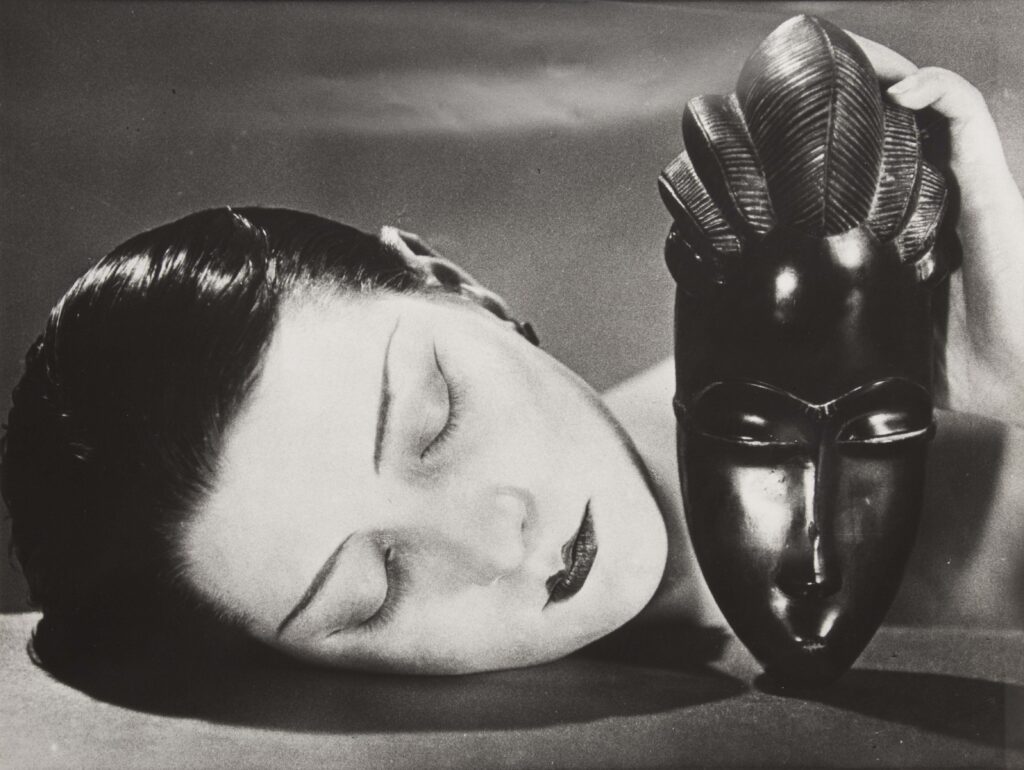
The perception of the muse is that of a passive, powerless female model. She’s probably taken her clothes off and is reclining submissively for an older male artist. But this trope is a lazy and untrue myth, perpetuated by patriarchal narratives. Far from posing silently, muses have brought emotional support, intellectual energy, career-changing creativity, and practical (sometimes even financial) help to artists. And they aren’t all women, either. So, let’s celebrate these 11 famous muses who changed art history.
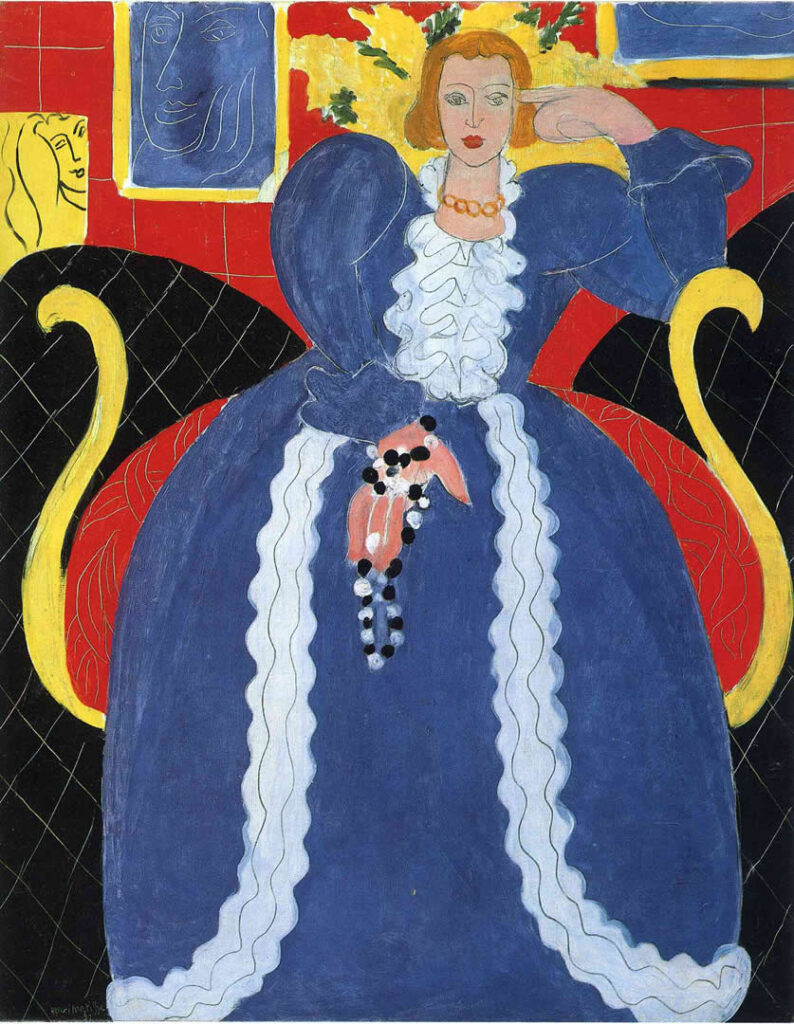
1. Lydia Délectorskaya (1910 – 1998)
Russian refugee Lydia Délectorskaya was the indispensable, and strictly platonic, muse of Henri Matisse for several decades. She managed his studio, dealt with galleries, cared for his wife and claimed – when asked how he painted so effortlessly – that she was also “a pretty good eraser”. She spent 6 months helping Matisse with his huge mural ‘The Dance’, and also modelled (on a daily basis) for drawings and paintings, such as the imposing ‘Blue Lady’ of 1837.
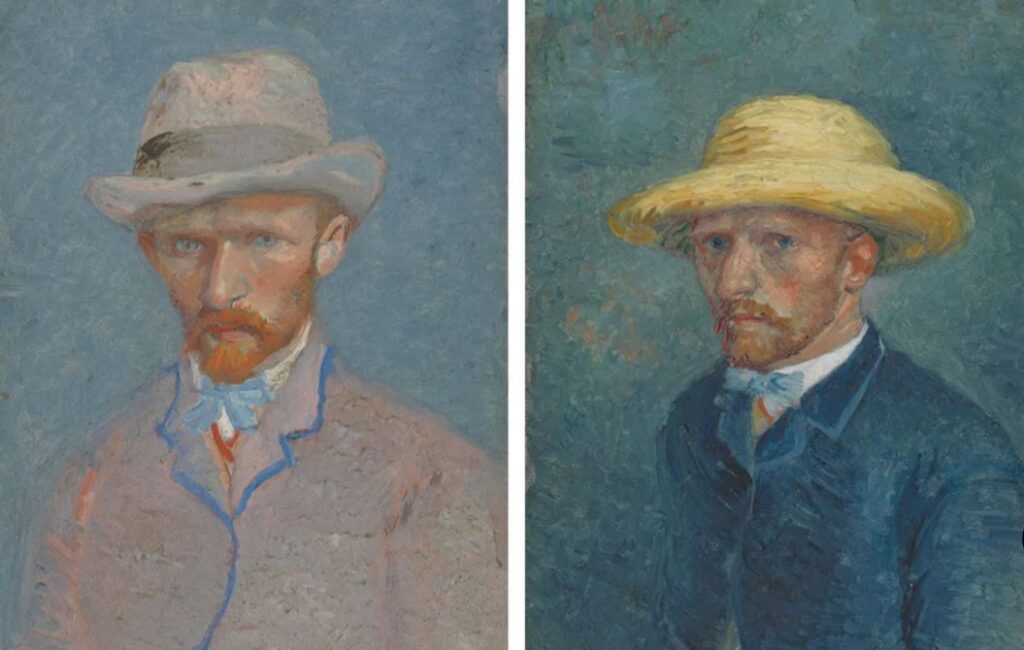
2. Theo van Gogh (1857 – 1891)
Theo van Gogh was a renowned art dealer who specialised in contemporary Dutch and French art. He was in constant contact with his older brother, Vincent, by letter. The complete letters of Van Gogh take up 3 volumes! 32 of the surviving letters from Theo to Vincent demonstrate his concern for, and understanding of, his brother’s poor mental health. They are also filled with praise, encouragement and endless support – he often gave feedback on Vincent’s sketches and ideas, as well as money and materials which allowed the older brother to devote himself entirely to painting. This 1887 portrait was long thought to be a Vincent van Gogh self-portrait, but in June 2011 following a reassessment by the Van Gogh Museum’s head researcher Louis van Tilborgh it was said to be of Theo for numerous reasons, including his well-manicured beard!
3. Leigh Bowery (1961 – 1994)
Lucian Freud painted the legendary Leigh Bowery regularly over the course of four years. He was fascinated by Bowery’s use of his body as a sculptural object in his performances; the extraordinary costumes he created for himself played on fashion, fetishism, gender fluidity and carnival aesthetics. However, when taking Bowery as one of his muses, Freud focused on his naked, fleshy skin in psychologically charged portraits. Freud said of Bowery ‘I found him perfectly beautiful’ and commented ‘the way he edits his body is amazingly aware and amazingly abandoned’ (quoted in Feaver, p.43). Bowery enjoyed being Freud’s model, too: ‘I love the psychological aspect of his work – in fact I sometimes felt as if I had been undergoing psychoanalysis with him … His work is full of tension. Like me he is interested in the underbelly of things.’
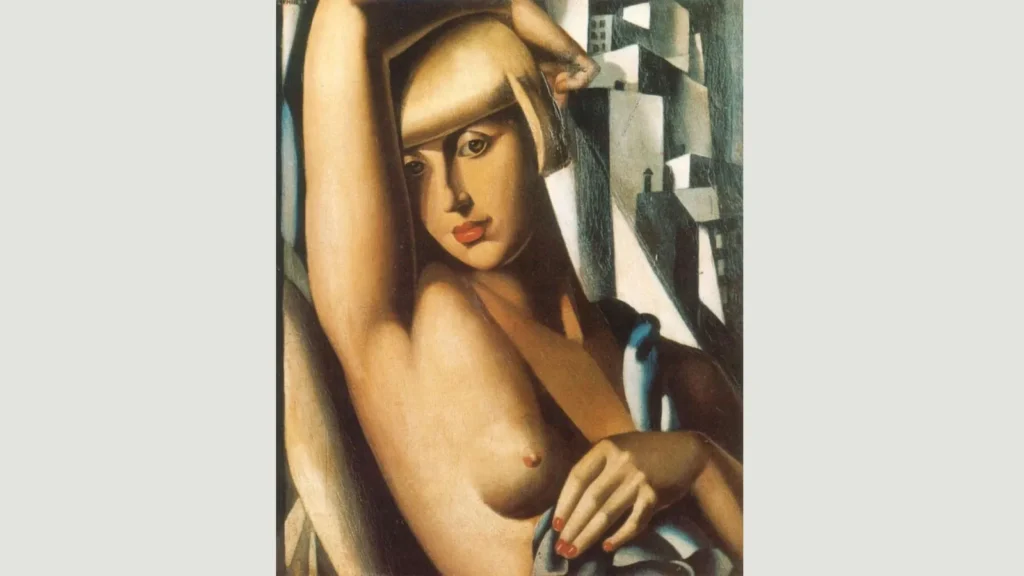
4. Suzy Solidor (1900 – 1983)
Singer Suzy Solidor (1900 – 1983) was a French singer and actress who became known as “the most painted woman in all of Paris”. It’s unsurprising, as she posed for Picasso, Jean Cocteau, Kees van Dongen, Francis Picabia, Man Ray and many more. Tamara de Lempicka also captured the sizzling sensuality of this openly lesbian star with her queer gaze. While the artist demanded that her muse pose nude, Solidor’s stipulation for sitting was that she would be given the paintings to hang in her club. La Vie Parisienne became one of the trendiest spots in Paris, elevating both artists and muse to legendary status.
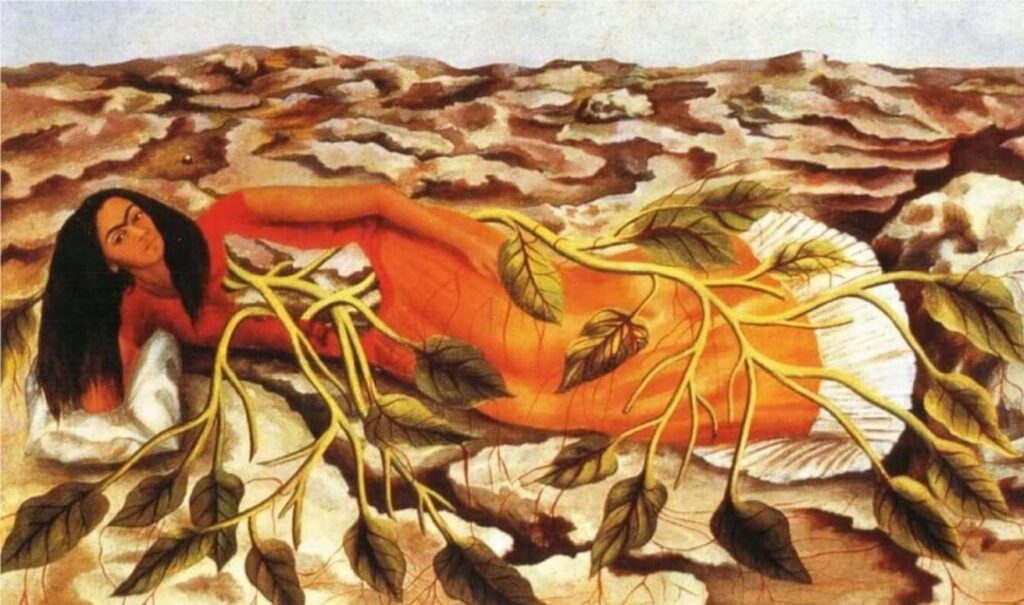
5. Frida Kahlo (1907 – 1954)
Frida Kahlo famously took herself as her own muse, painting over 50 highly symbolic self-portraits in which she confronts the female experience in raw and unflinching terms: abortion, miscarriage, infertility, physical pain, heartbreak, gender and identity. Her paintings have since paved the way for numerous other women (including Tracy Emin) to use art as a powerful form of communication and self-healing. Not only was Frida Kahlo her own muse, she also posed for her husband Diego Rivera, as well as her close friend and lover, Nickolas Muray, whose photographs capture her iconic look, inspired by traditional Tehuana dress.
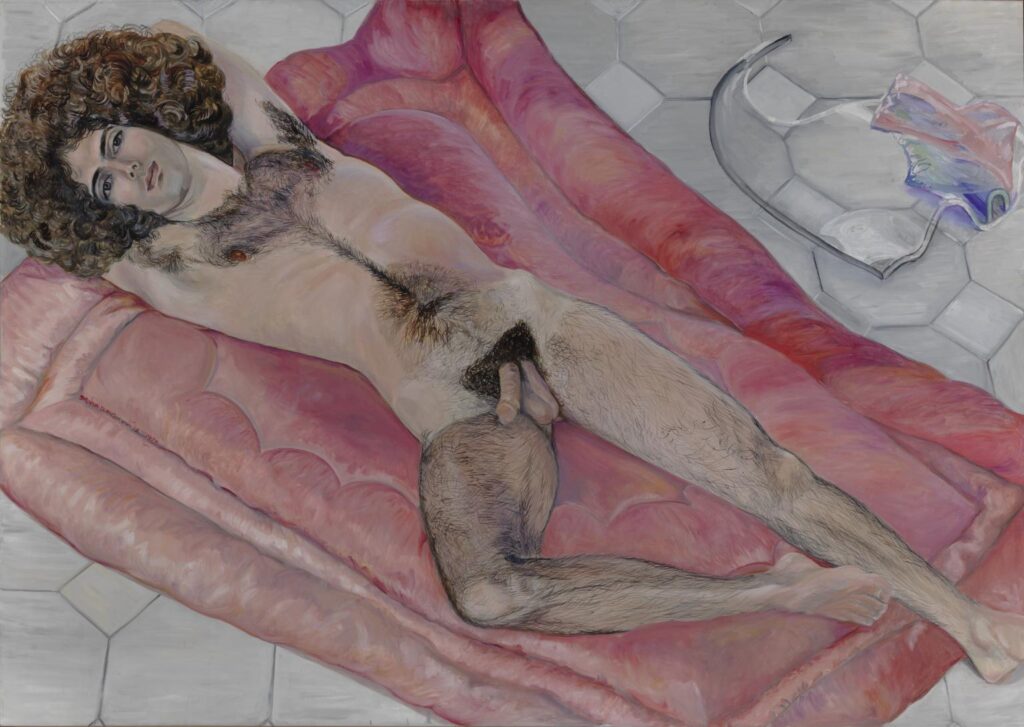
6. Paul Rosano (dates unknown)
Musician, artist and life model Paul Rosano was a significant muse of feminist painter, Sylvia Sleigh, who gender-swapped art historical masterpieces by Ingres, Titian and Velazquez. She painted male subjects, who were close friends and collaborators in this feminist project, as the subject of the female gaze. As she explained, “I had noted from my childhood that there were always pictures of beautiful women but very few pictures of handsome men so I thought that it would be truly fair to paint handsome men for women”.
In 1975, Sleigh’s painting ‘Paul Rosano: Double Portrait’ (1974) was included in an exhibition at the Bronx Museum, which at the time was located in the district courthouse. Justice Owen McGivern launched a complaint: “We are all in sympathy with the arts, but explicit male nudity in the corridor of a public courthouse is something else.” Asked about the reaction to her painting, Miss Sleigh said: “I wonder if the judge would object to a female nude? I don’t see why male genitals are more sacred than female.”
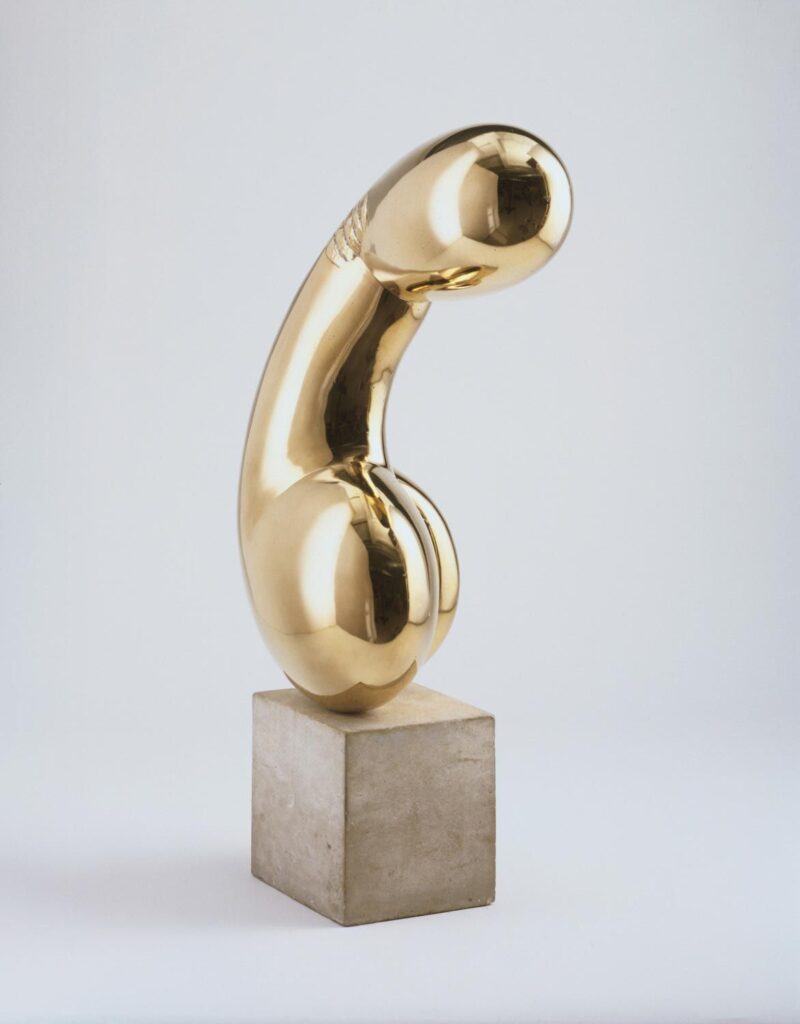
7. Princess Marie Bonaparte (1882 – 1962)
Many muses have caused controversy, and the same is true of this sculpture. Constantin Brâncuși’s coyly titled ‘Princess X’ was immediately taken down by the police when he unveiled it at the 1920 Salon des Indépendants. But countering accusations of phallic obscenity, Brancusi said that it depicted the feminine form of Princess Marie Bonaparte. However, given that she was a psychoanalyst, closely linked with Sigmund Freud, it seems more likely that the sculpture represents both muse and the symbolism of sexual desire.
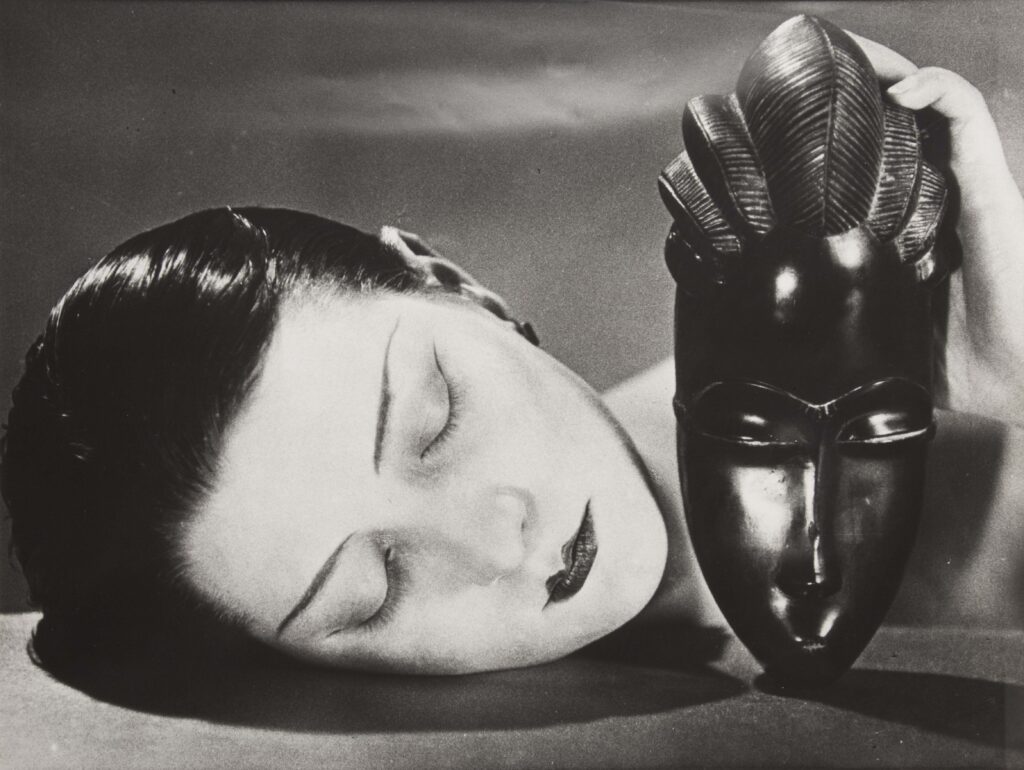
8. Alice Ernestine Prin (1901 – 1953)
Nicknamed Kiki de Montparnasse, Alice Prin was a cabaret singer, actress, memoirist and painter. She was also a magnetic muse for many modern and surrealist artists, including Man Ray, Modigliani and Kees van Dongen in 1920s Paris. Not only was she an excellent life model but also an ongoing source of inspiration, featuring in several experimental movies from the period, including one by Rene Clair, to position herself in the foreground of contemporary culture. Causing a stir wherever she went, Hemingway once wrote that she “dominated the era of Montparnasse more than Queen Victoria ever dominated the Victorian era.” In 1929, Kiki’s autobiography was published in French as Kiki’s Memoirs. The U.S. customs banned the book for its honest depictions of an empowered, feminist icon, who lived life without inhibitions as the famous muse of many.
9. Josephine Fauriaux (Estimated between 1846 and 1906 – 1932)
When Tate Modern opened its doors in 1999, it showed a 30-foot high spider, titled ‘Maman’, in its massive Turbine Hall. Louise Bourgeois’ gigantic sculpture was inspired by her mother, Josephine Fauriaux: “Like a spider, my mother was a weaver. My family was in the business of tapestry restoration and my mother was in charge of the workshop. Like spiders, my mother was very clever”. Paying tribute to her origins and mother, she emphasises the positive attributes of the spider – as a cunning and creative protectress.
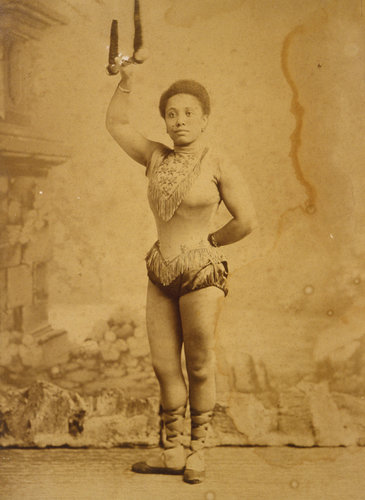
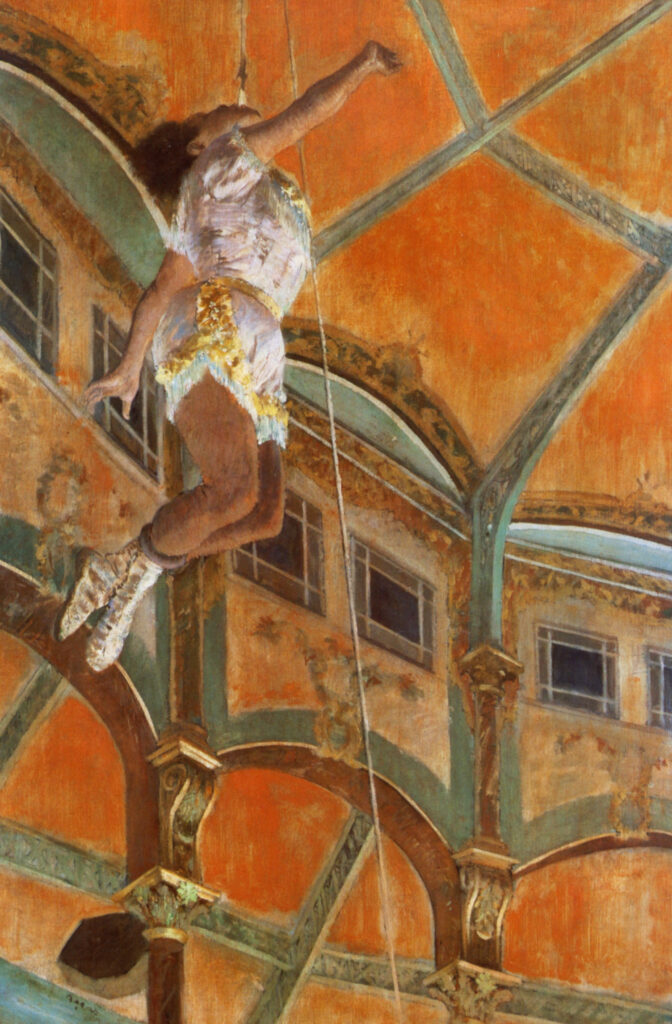
10. Miss La La (1858 – sometime after 1919)
Olga Brown, better known as Miss La La was an expert aerialist and star of Troupe Kaira, a travelling circus act, in 19th century Paris. She began touring as a child, at the age of 9, when her mother placed her in the circus. She used multiple stage names throughout her career including Olga the Negress, Venus of the Tropics and African Princess. Playing at venues such as the Folies Bergère in Paris and the Royal Aquarium in London, La La performed a flying trapeze and human cannon ball act. One of her signature acts involved being “pulled up to the height of the circus tent by biting down on a rope.” The feat was performed at the height of 200 feet. Another signature stunt involved hoisting other people or a 200-pound cannon with her teeth. Aged 21, La La also also served as an inspiring muse to Edgar Degas, depicted in multiple sketches and leading to his sensational painting ‘Miss La La at the Cirque Fernando’ (1879) in which she performs one of her dizzying feats.
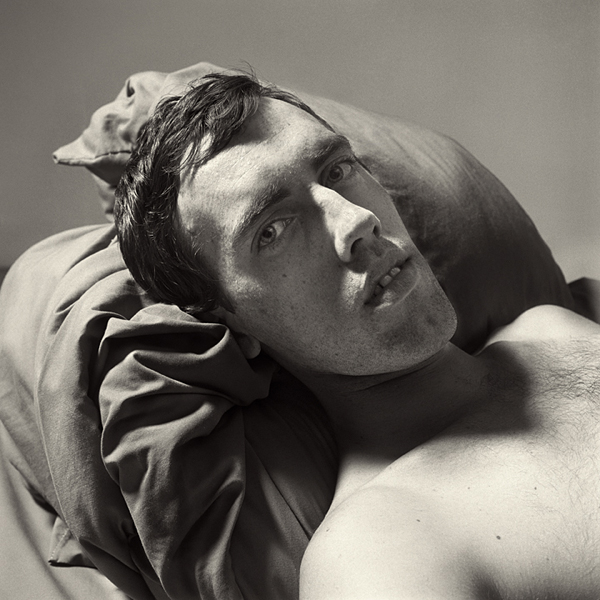
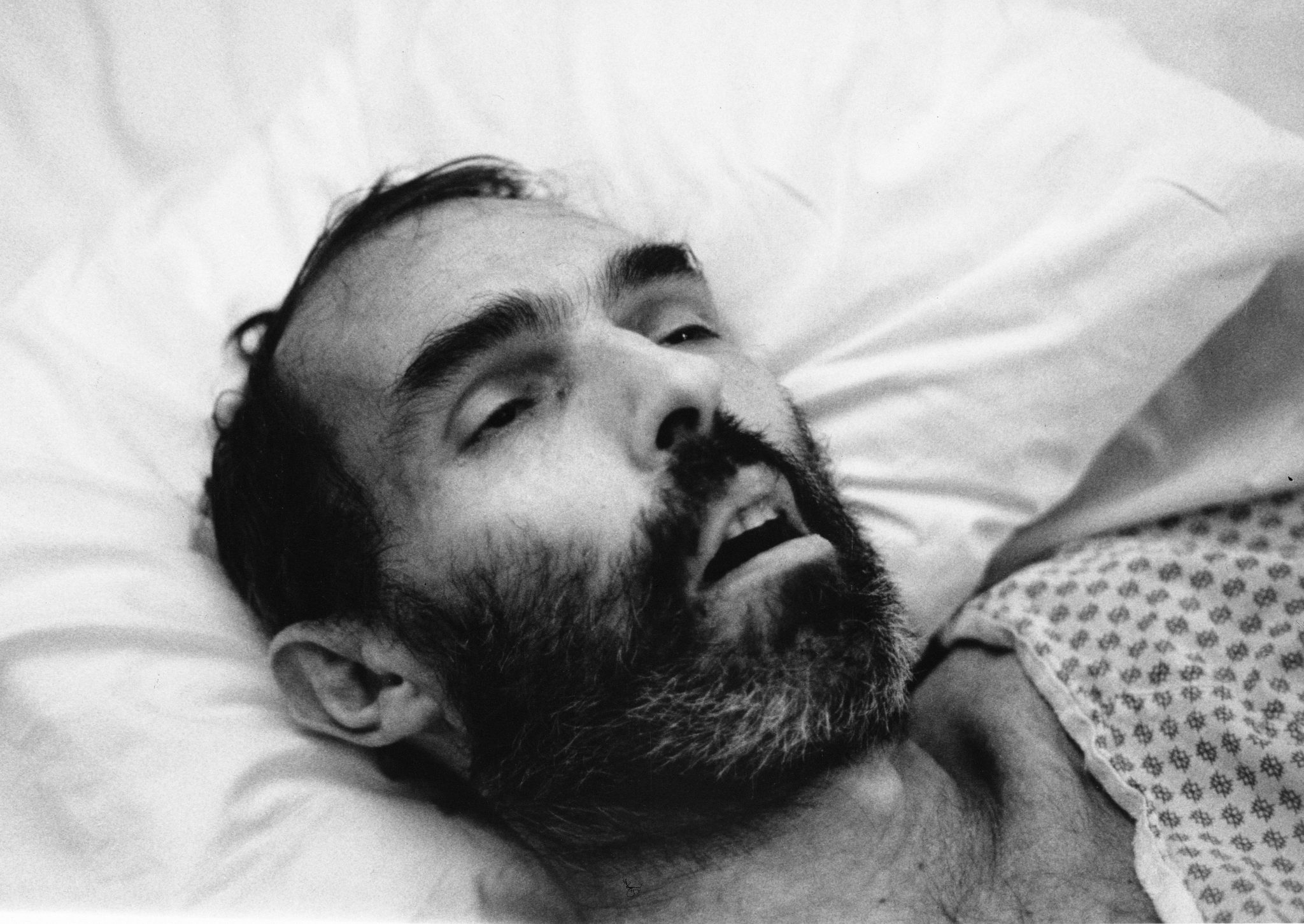
11. Peter Hujar (1934 – 1987) and David Wojnarowicz (1954 – 1992)
During the 1980s, Peter Hujar and David Wojnarowicz became mutual muses in New York. Hujar, some 20 years older, was a black and white photographer who took as his subjects society’s outsiders, including drag queens, artists, writers and gay men, including himself. He would ask his sitters to pose lying down on his bed so that he could achieve a candid and intimate atmosphere.
The younger writer, filmmaker, and artist Wojnarowicz met Hujar in late 1980, and for both men this would be their most important relationship. After a brief romance, the two settled into a platonic partnership[s, with Hujar acting as the father figure Wojnarowicz never had. Hujar told Wojnarowicz never to compromise in his art, advice he took to heart for the rest of his life.
After Hujar contracted AIDS, he never photographed another model again. During this time, Wojnarowicz shot uncomprosmiign images of him sick in bed, refusing for the illness to remain a taboo and silenced subject. When Hujar died in 1987, Wojnarowicz was devastated. He lived and worked in Hujar’s former loft from 1988 until his own death from AIDS in 1992.
Want to read about more famous muses in history? ‘Muse’ uncovers the real relationships between 29 artists and their muses, from the Renaissance to today.

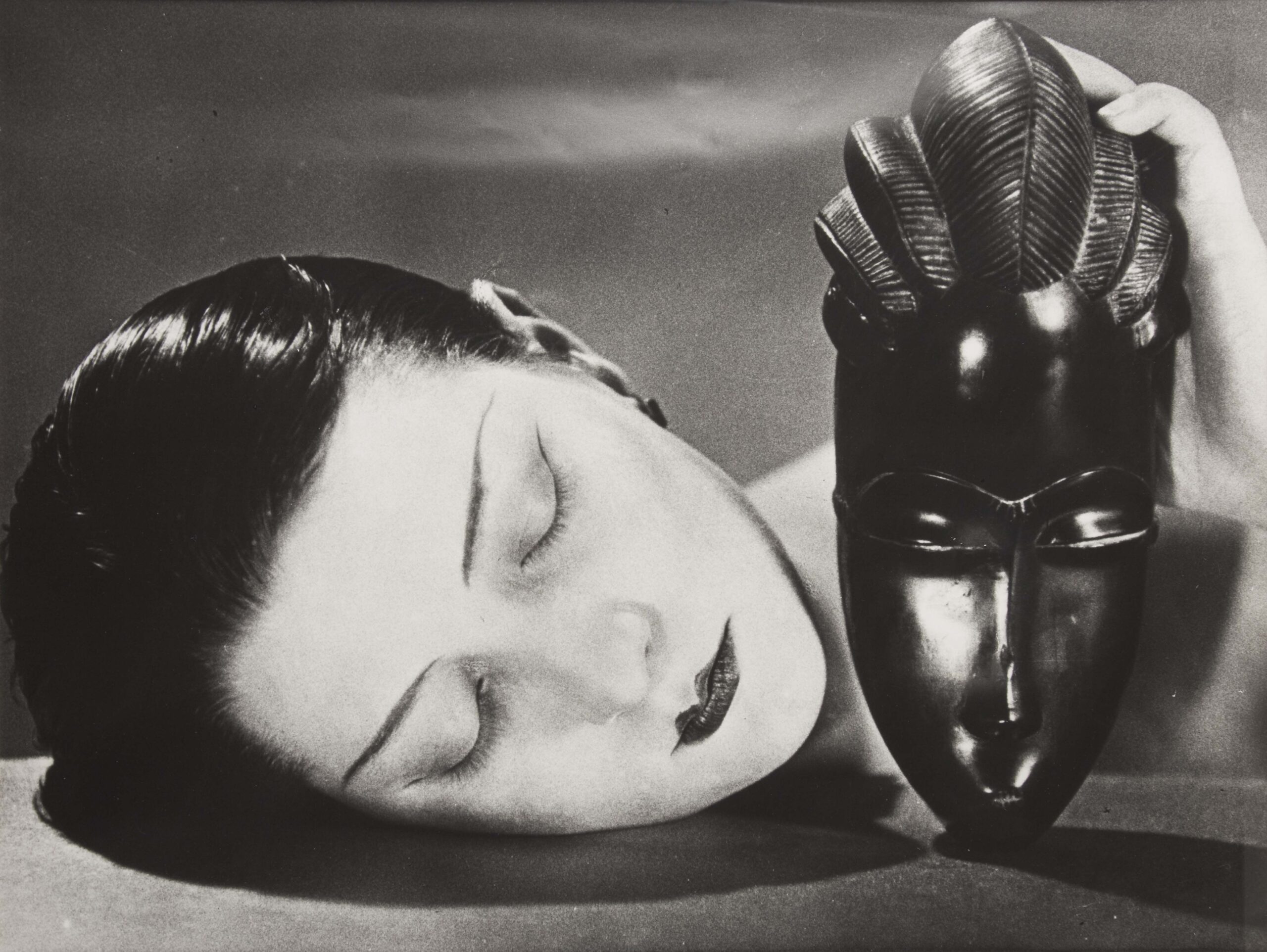

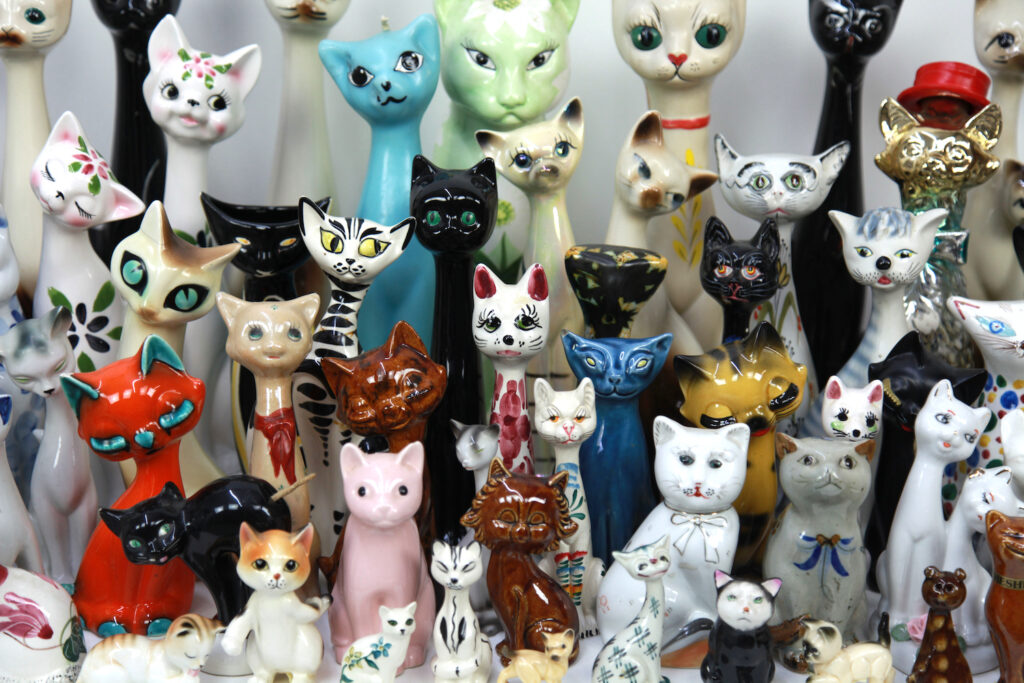
2 thoughts on “11 famous muses who changed art history”